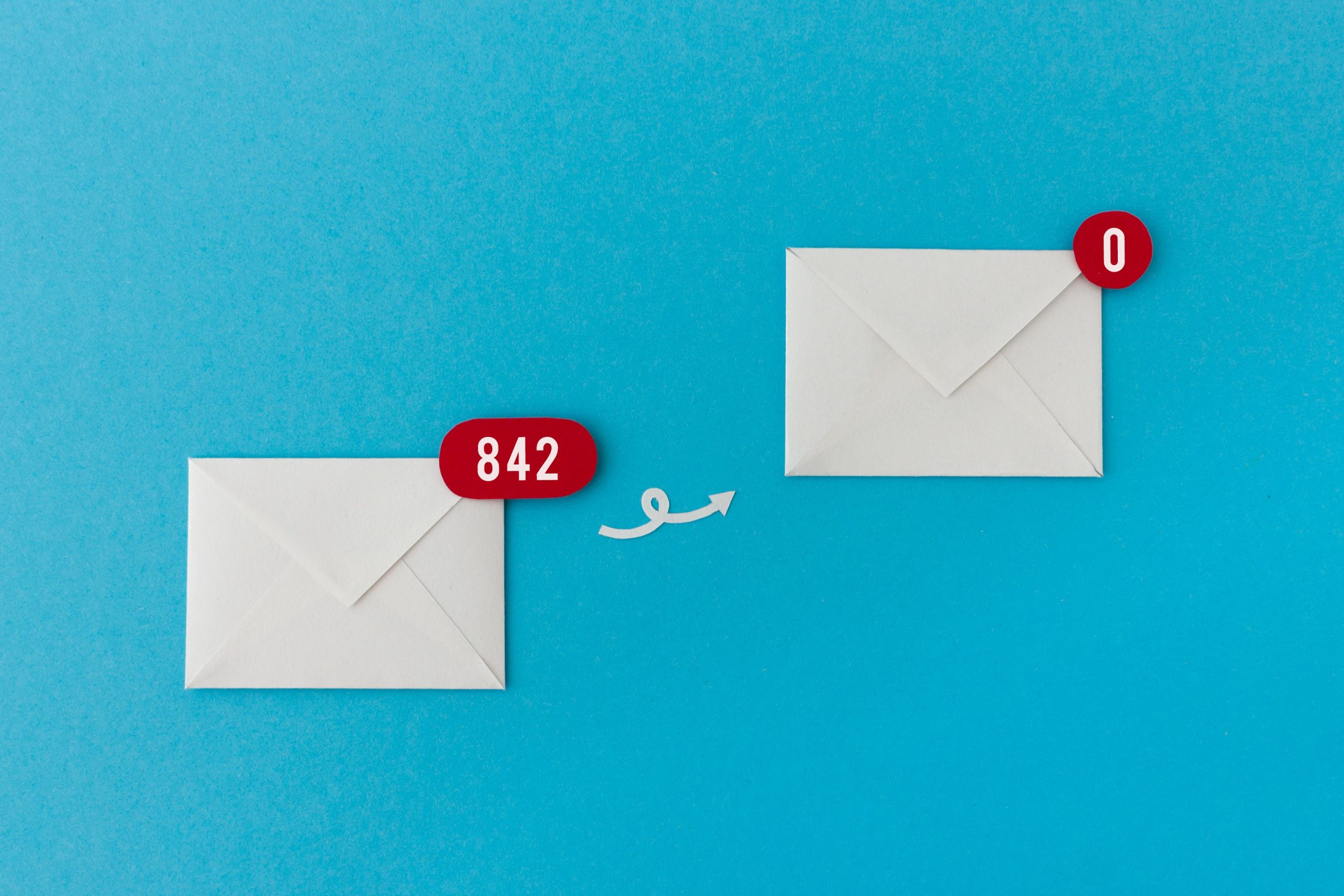NO MATTER HOW much time we spend unclogging our email inboxes on any given day, more calendar invites, premeeting memos and “urgent” tech updates will pile up tomorrow. Given the scale of the problem, it might feel like a personal email butler is necessary.
Enter artificial intelligence. Companies like Shortwave, launched by ex-Googlers, or Sanebox, a $3.49-a-month utility, offer third-party extensions that can triage your unread messages. Major email platforms are increasingly developing similar tools. When drafting a note in Gmail, for instance, you can now add context that Google’s Bard chatbot pulls from your Google Calendar, Maps searches and Google’s other apps. (You can access Bard free at bard.google.com. With a work account, you might have to ask your company’s IT administrator to enable Bard.)
Tasks that would take humans a good chunk of the workday—skimming hundreds of emails for a specific note, finding meeting times that will work both for colleagues in Los Angeles and Lithuania, marking spam as read—are child’s play for AI. Here, four ways to use AI to email more deftly.
1. Faster Foraging
Sifting through a stuffed inbox for a particular note can be frustrating, especially since results are organized by recency not relevance. AI can search more smartly. With the right query, Google’s Bard and Shortwave’s chatbot can generate a list of your upcoming travel reservations or call up all the recommendations you’ve been sent.
2. CliffsNotes
Can’t read every email that lands in your inbox? AI can summarize them. Use Google’s Bard or Shortwave’s chatbot, or the “Summarize” button on Outlook, to produce a condensed version of any particular message or thread without the corporate jargon and conversational hedges.
3. Ghostwriting
AI writing aids can conjure an email with as few as three words of instruction. Those with access to your inbox, like Bard, can ingest the message you’re replying to and generate a response with appropriate context. Dislike its first effort? Quickly regenerate a new version.
4. Decluttering
By default, Gmail and Outlook sort unnecessary correspondence in their own tabs and folders. To further filter what you don’t need, try Sanebox. It works like a virtual Marie Kondo, scanning your email history for what you’ve interacted with, trashed or ignored. It then auto-organizes what you receive into folders based on how important it thinks they are.
Mind Your As and Is
Heed these tips to use Chatbots in polite society
1. Check Your Work | Always read over a chatbot’s output for factual, grammatical and tonal errors, said Fabrizio Dell’Acqua, who researches AI software at Harvard Business School. Don’t “fall asleep at the wheel,” he said.
2. Honesty Is the Best Policy | Anyone who discovers that you’ve been secretly using AI to write emails might never trust your work again. Renee Richardson Gosline, head of the Massachusetts Institute of Technology’s Human-First AI research group, said being upfront about your usage can lessen their unease.



